Laryngoskopie Kehlkopf: Insights and Guides
Dec 23, 2023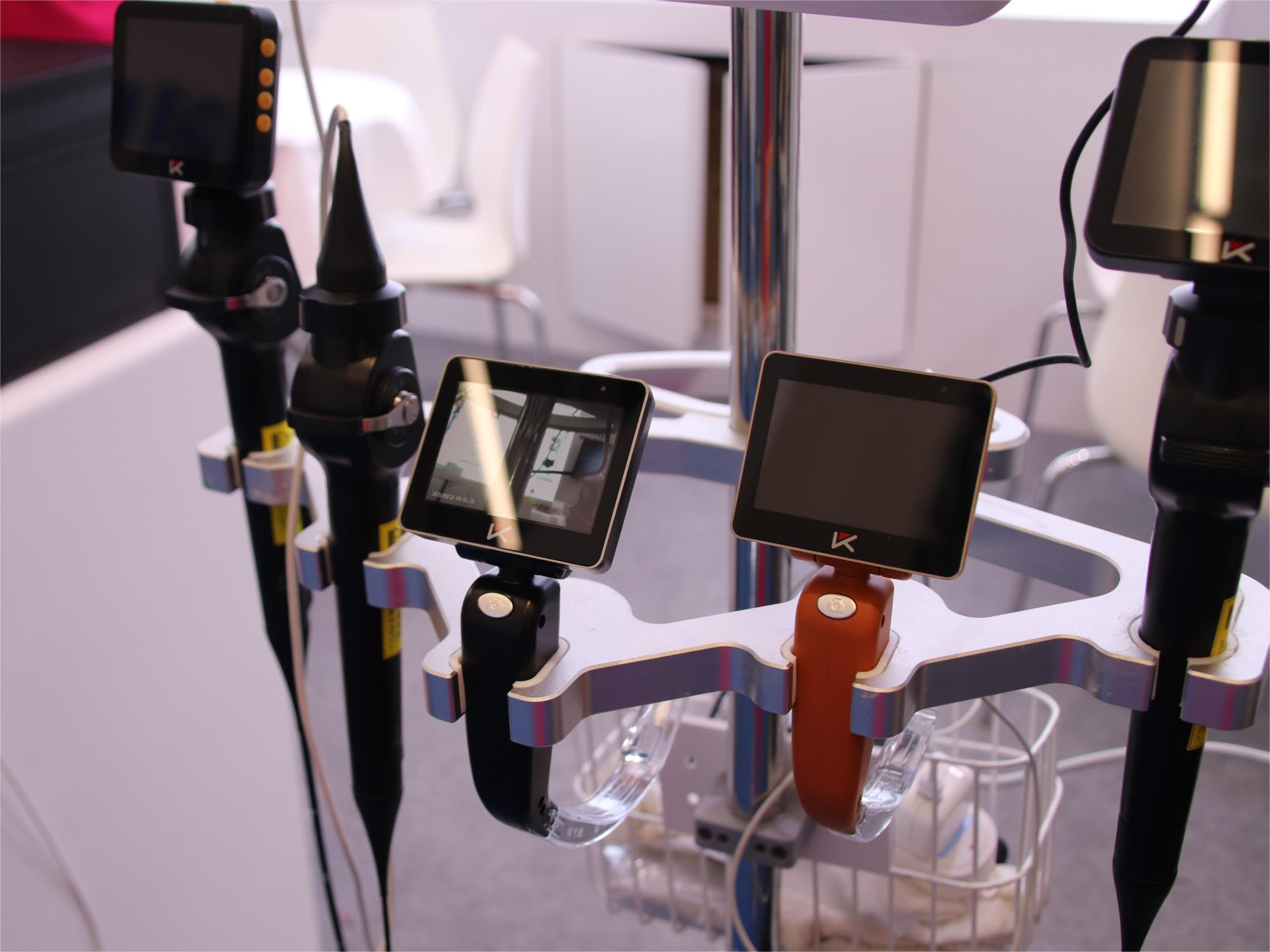
Welcome to our comprehensive guide on laryngoskopie kehlkopf, also known as laryngoscopy. This examination is crucial in evaluating the throat, specifically the larynx. In this guide, we will provide valuable insights into this procedure, its significance, and how it aids in diagnosing various throat conditions.
Key Takeaways:
- Laryngoskopie kehlkopf is an important examination for the evaluation of the larynx.
- The procedure involves the use of endoscopy to examine the larynx.
- Laryngoscopy is crucial in diagnosing various throat conditions.
- The benefits of laryngoscopy outweigh the potential risks.
- There are different variations and techniques of laryngoscopy that can be used.
Understanding Laryngoscopy
Laryngoscopy is a diagnostic procedure that involves examining the larynx, or voice box, using a special device known as a laryngoscope. This procedure is typically performed to assess voice disorders, hoarseness, difficulty swallowing, chronic cough, or other symptoms related to the throat and larynx. During a laryngoscopy, a healthcare professional will use the laryngoscope to gain access to the larynx, enabling them to visually inspect the area for any abnormalities or signs of disease.
Laryngoscopy is an important tool for diagnosing and treating various throat conditions. It helps doctors and other healthcare professionals to better understand the issues experienced by their patients, and to develop appropriate treatment plans that address their specific needs. By providing a clear view of the larynx, laryngoscopy allows doctors to identify the underlying causes of patients’ symptoms and to develop treatment strategies that are tailored to their unique needs.
Overall, laryngoscopy is an essential diagnostic tool for examining the larynx and throat, and plays a critical role in the diagnosis and treatment of various conditions affecting these areas. Whether you are a healthcare professional or a patient, understanding laryngoscopy and its significance can help ensure that you receive the appropriate care and treatment you need to achieve optimal health and well-being.
The Procedure of Laryngoscopy
Laryngoscopy, also known as laryngoskopie kehlkopf, is a safe diagnostic procedure that examines the larynx using an endoscope. Prior to the examination, patients may be given a local anesthesia to prevent discomfort, which can also reduce the gag reflex which can occur during the procedure.
First, the patient is positioned to provide easy access to the throat. An important step in the laryngoscopy procedure is the use of a mouthpiece, which helps to hold the mouth open and provides a clear view of the larynx. The endoscope, a thin tube with a camera and light attached, is carefully inserted through one nostril and guided down the throat, so that the larynx can be observed.
The procedure typically takes between 15-30 minutes, with the actual observation period lasting only a few minutes. Patients may experience some discomfort or a sensation of gagging, but these usually subside quickly once the endoscope is removed. The equipment used is typically disposable or sterilized to ensure no risk of infection.
It’s important to note that laryngoscopy is a safe and non-invasive procedure carried out for patients having some form of throat disease. The process must always be done by a certified healthcare professional with the necessary experience and expertise in laryngoscopy procedures.
Equipment Required
The equipment needed for laryngoscopy includes a mouthpiece, an endoscope, a light source, and a camera. The endoscope is a flexible or rigid tube with a camera attached at its end, which can be used to record images of the throat for later review. The light source provides illumination so that the larynx can be easily observed, and all these tools are essential components of the laryngoscopy procedure.
Preparation
Prior to the examination, patients are informed about the procedure and provided with necessary guidance. Patients receiving laryngoscopy procedure must not eat or drink anything 12 hours before the test. They should also inform their doctor about any health problems or medications they are taking as these can sometimes affect the procedure.
In conclusion, laryngoscopy provides an excellent diagnostic tool for evaluating the larynx, which can ultimately help doctors identify the cause and treatment for various throat diseases. With the right equipment, preparation, and expertise, the laryngoscopy procedure is safe and effective in diagnosing throat conditions and always carried out by professional medical experts.
Indications for Laryngoscopy
Laryngoskopie kehlkopf, also known as laryngoscopy, is a diagnostic tool used to evaluate the larynx or voice box. It is a highly beneficial procedure that can detect various throat conditions, such as laryngeal cancer, infections, and vocal cord abnormalities.
A laryngeal examination may be recommended if a patient experiences persistent hoarseness, difficulty swallowing, or a persistent cough that does not improve with treatment. Laryngoscopy can also be used to identify the cause of persistent acid reflux, throat pain, or a persistent sore throat.
People with a history of smoking or alcohol abuse are at a higher risk of developing laryngeal cancer and should consider undergoing a laryngeal examination regularly.
Moreover, singers, teachers, and professional speakers, for whom their voice is an essential part of their occupation, can benefit from regular throat examinations to ensure they do not develop any vocal cord abnormalities that may affect their voice quality.
In conclusion, getting a laryngoscopy is crucial in detecting various throat conditions and preventing serious complications from occurring. If you are experiencing any symptoms related to throat problems, do not hesitate to consult your healthcare provider for assessment and recommendation for a laryngeal exam.
Benefits and Risks of Laryngoscopy
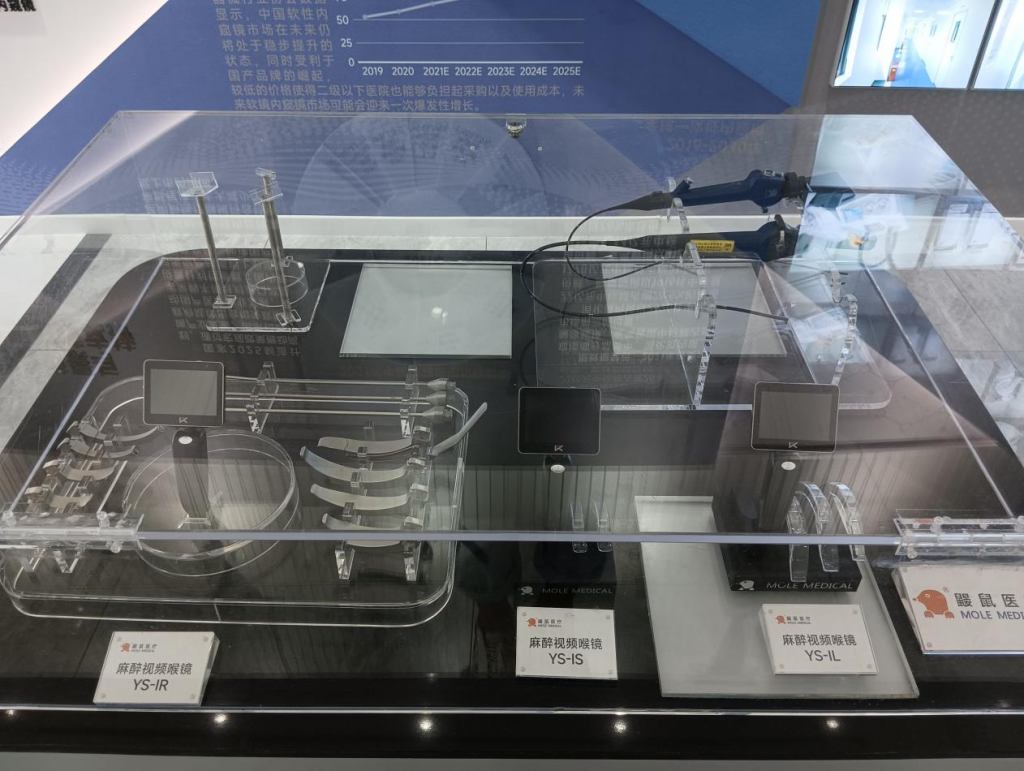
Laryngoscopy, also known as laryngoskopie kehlkopf, is an effective diagnostic tool for examining the larynx and evaluating various throat conditions. But like any medical procedure, it also comes with certain benefits and risks that need to be considered.
Benefits
The benefits of laryngoscopy are numerous, and depend largely on the purposes of the examination. For instance, laryngoscopy can help doctors diagnose conditions such as vocal cord abnormalities, laryngitis, and dysphagia. It is also useful in the removal of foreign bodies lodged in the larynx, and in biopsies of the laryngeal tissues.
Another significant benefit of laryngoscopy is its reliability in detecting early signs of cancer in the larynx, allowing for prompt and effective treatment.
Risks and Precautions
While laryngoscopy is generally a safe and widely performed procedure, there are certain risks associated with it as well. These include complications such as infection, bleeding, and airway obstruction. There is also a risk of complications resulting from the use of anesthesia and sedation during the examination.
However, these risks can be significantly reduced by taking proper precautions such as ensuring the patient is in good health prior to the examination, and closely monitoring them during and after the procedure. Additionally, it is important for medical professionals to use sterile equipment and dispose of them appropriately to avoid contamination and infection.
Ultimately, the benefits of laryngoscopy far outweigh the associated risks, and the procedure is a vital tool in evaluating and treating various throat conditions.
Variations of Laryngoscopy
While laryngoskopie kehlkopf is a valuable examination technique, there are variations and techniques that can be applied for a thorough evaluation of the larynx. These include indirect laryngoscopy, which employs an angled mirror with a light source to visualize the larynx, and flexible laryngoscopy, a non-invasive approach that uses a flexible scope that can reach deeper into the throat. There are also other related methods that can aid in the examination of the larynx, depending on the patient’s condition and the physician’s preference.
Conclusion
In conclusion, laryngoskopie kehlkopf is a crucial diagnostic procedure that aids in the evaluation and diagnosis of various throat conditions. This examination method, also known as laryngoscopy, involves the use of endoscopy to examine the larynx.
By understanding the process, indications, and potential benefits and risks associated with laryngoscopy, both healthcare professionals and patients can gain a clearer understanding of this essential examination technique.
Whether it is performed for diagnostic or therapeutic purposes, laryngoscopy is a valuable tool that can provide critical information for the treatment of various throat conditions. Therefore, it is essential to be well-informed about the procedure to make informed decisions about one’s health.
Categories
Latest Articles
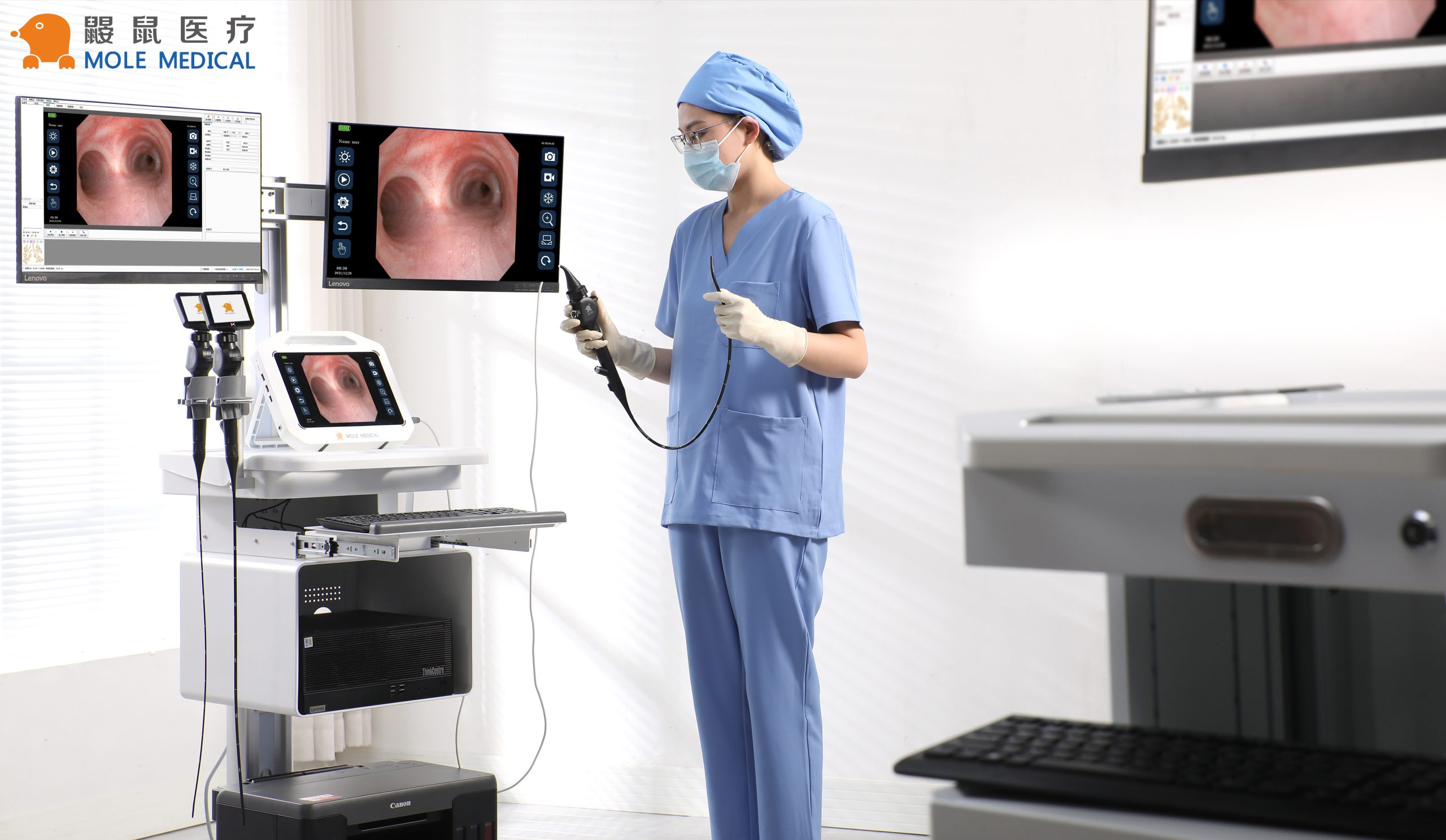
Emergency department essential: Mole medical portable video endotracheal intubation scope in the actual advantages of pre-hospital emergency
In the complex environment of pre-hospital emergency treatment, establishing artificial airway quickly and accurately is one of the key steps to save patients' lives. The traditional endotracheal intubation operation under direct laryngoscope has some problems such as limited field of vision and difficult operation, especially in the case of patients with limited neck movement, excessive oral secretions or anatomic abnormalities, and the success rate may be affected. In recent years, with the advancement of medical technology, portable video endotracheal intubation scopes have gradually become an important tool in emergency departments. Among them, the portable video endotracheal intubation scopes of Mole Medical show significant practical advantages in pre-hospital emergency care with its unique design and performance.
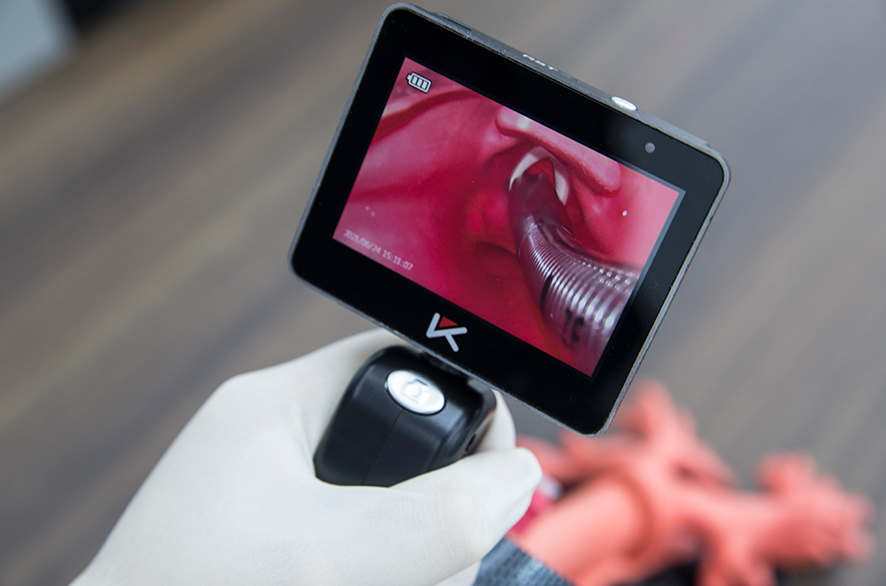
Disposable Video Laryngoscope for Adult Intubation: Advanced Airway Management
Why is good airway management important in emergencies and surgeries? Doctors and nurses must quickly and safely place a breathing tube in many patients. This is especially hard when the airway is difficult to see or reach. Video laryngoscopes help with this. They have a small camera that shows a clear view of the airway. ... Read more
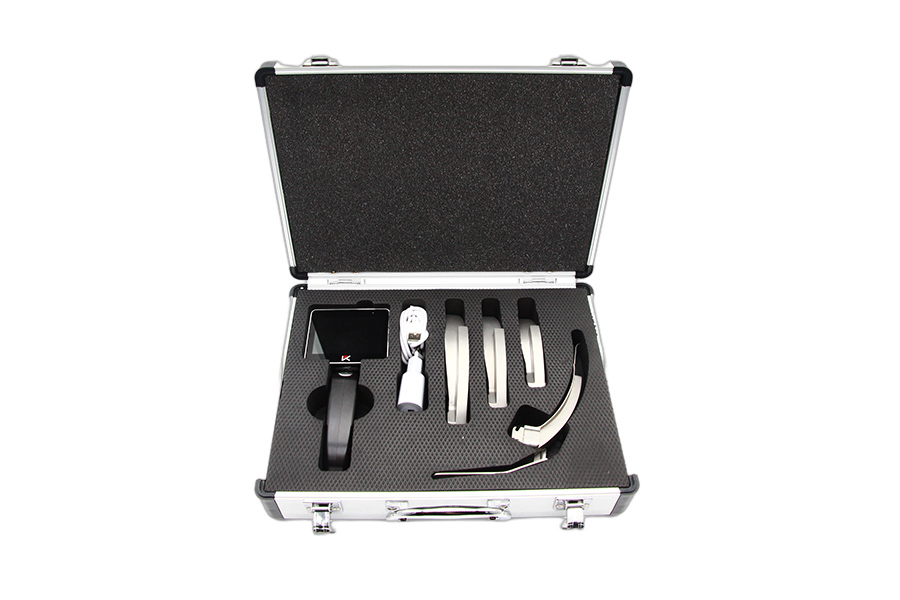
Medical and Anesthesia Video Laryngoscopes: Advancements in Airway Management
Airway management is crucial in medical and anesthesia procedures, as it helps prevent serious risks to patients. Tools for managing the airway assist doctors in keeping it open, preventing complications during surgery or emergencies. A key advancement in modern medicine is the video laryngoscope, which provides a clear view of the airway, allowing doctors to ... Read more
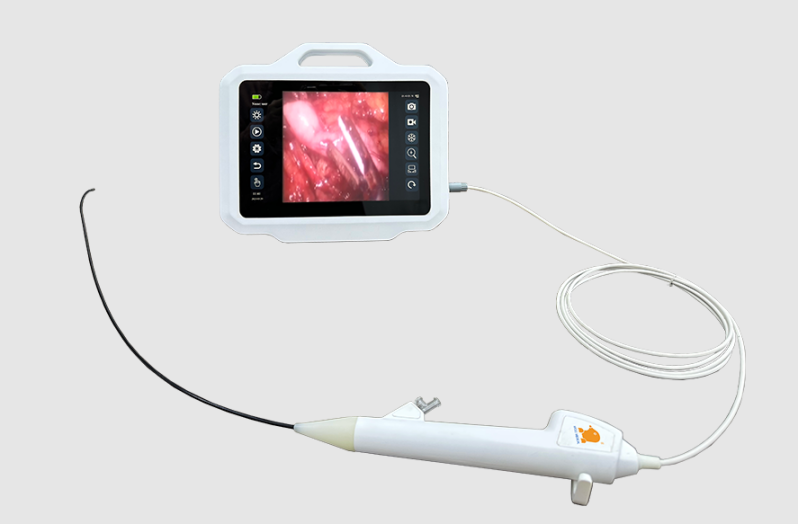
Why Choose a Disposable Flexible Ureteroscope for Your Medical Needs?
Ureteroscopy is a procedure designed to diagnose and treat issues in the kidneys and urinary tract. It enables doctors to detect and remove kidney stones, tumors, or blockages using a small camera to examine the urinary system. Recently, disposable flexible ureteroscopes have gained popularity. These scopes are significant because they are user-friendly and can be ... Read more
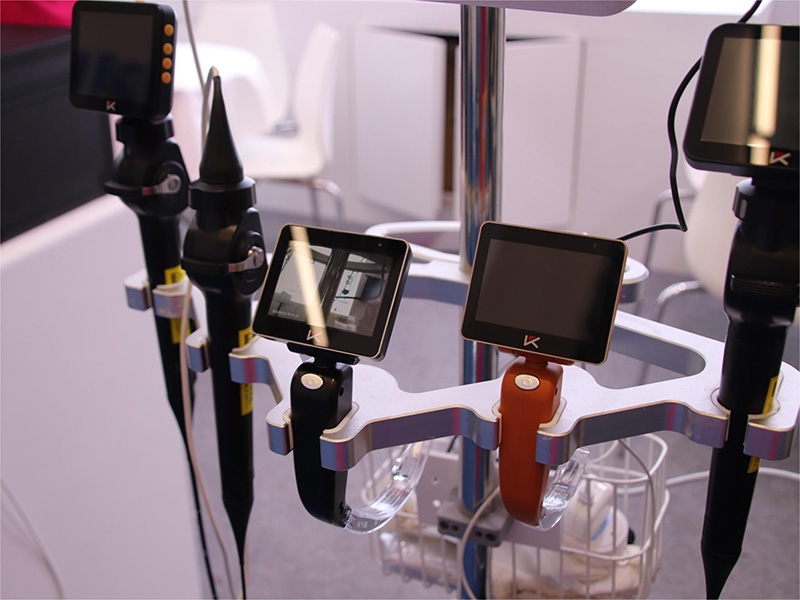
What Are the Video Laryngoscope Prices on the Market?
A video laryngoscope is a medical device that allows doctors to view a patient’s airway during procedures. It plays a crucial role in anesthesia and emergencies by assisting in the safe placement of a breathing tube. Without it, doctors may have difficulty visualizing the airway, especially in complex cases. This tool enhances both the ease ... Read more



